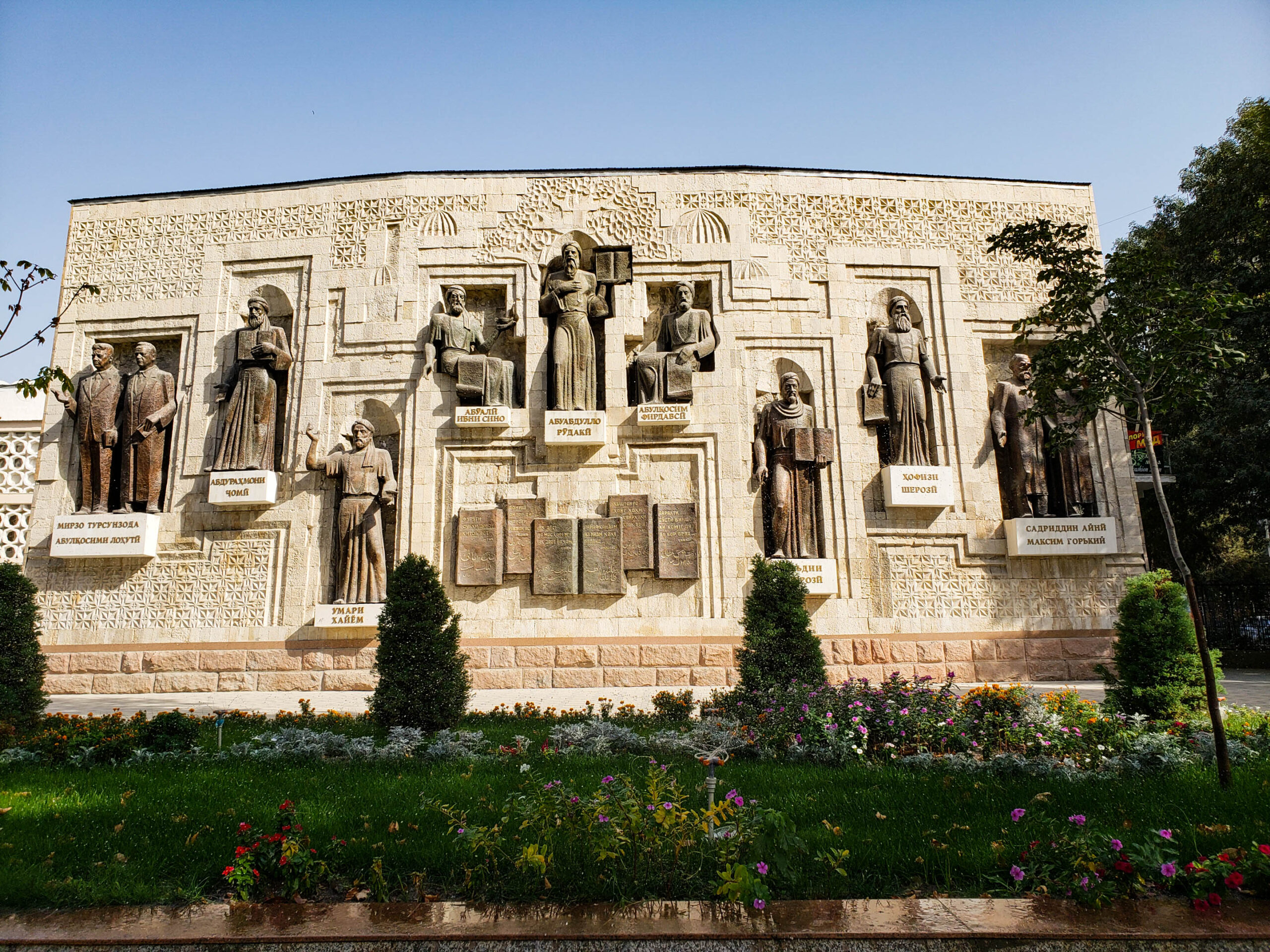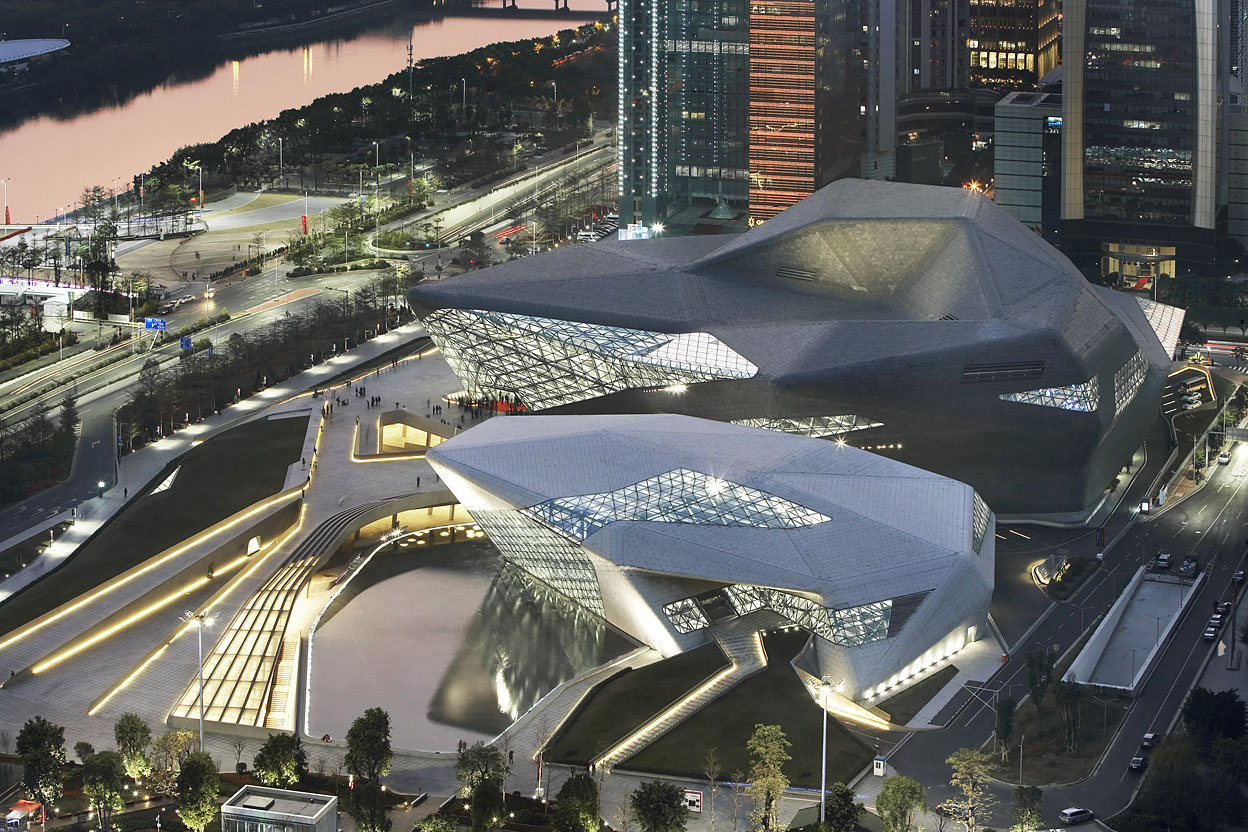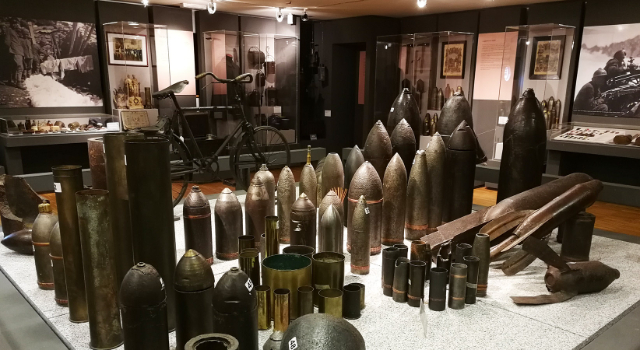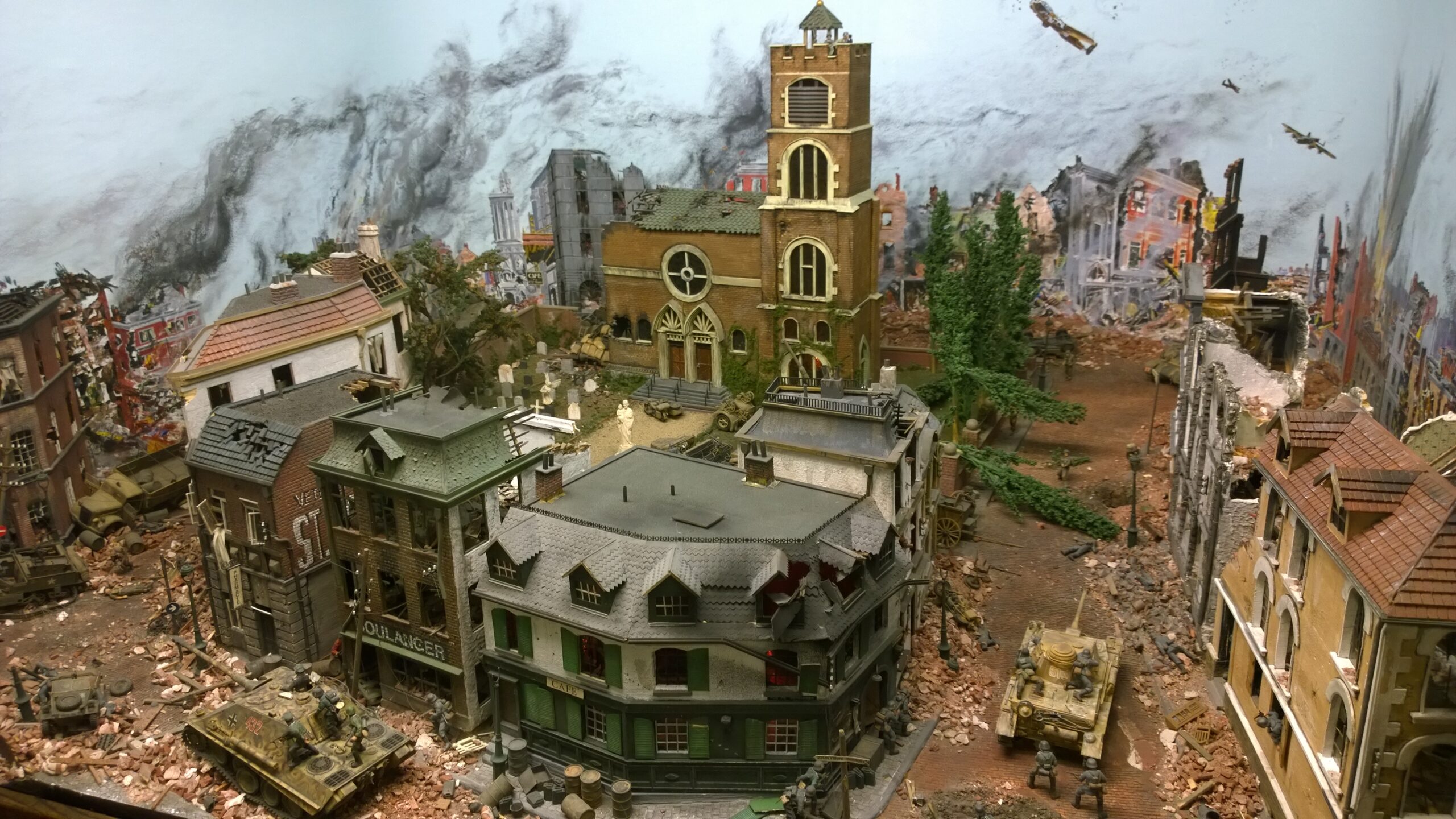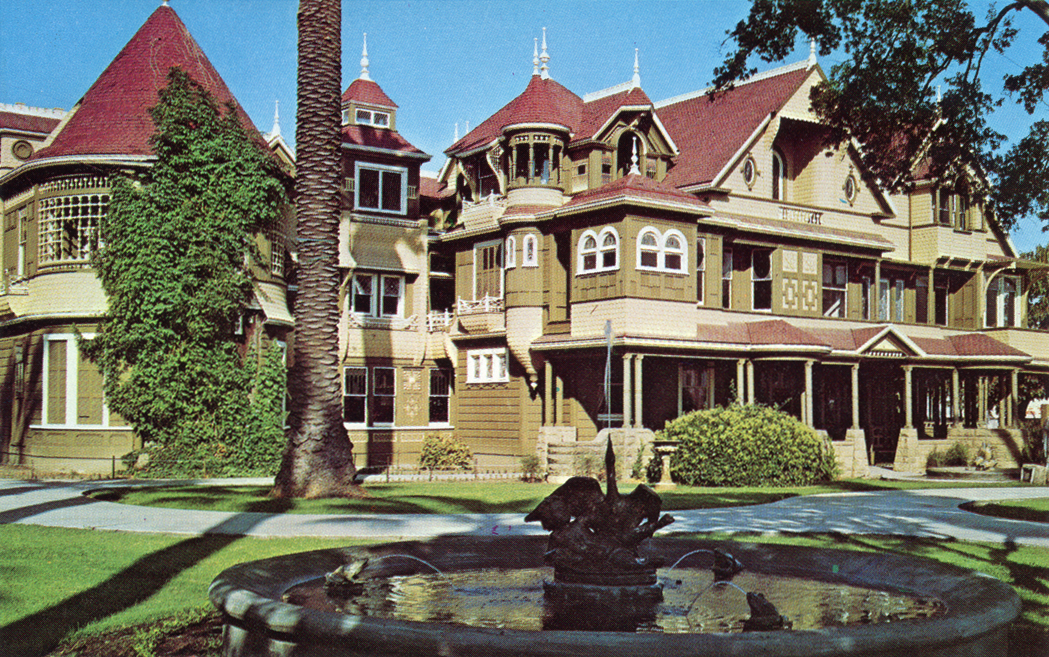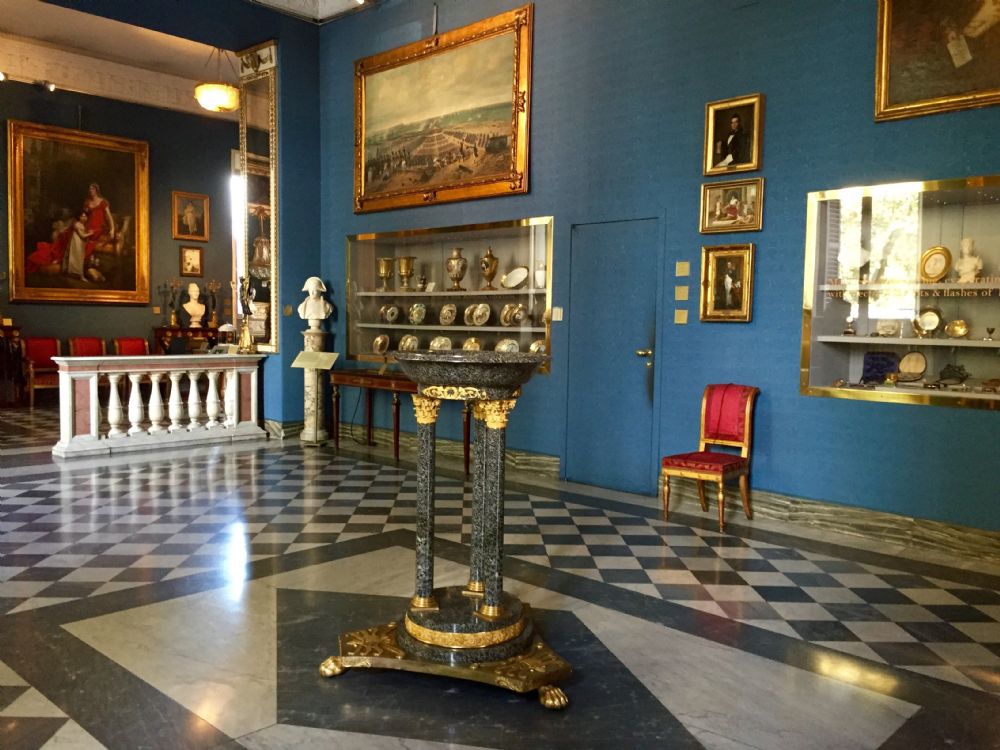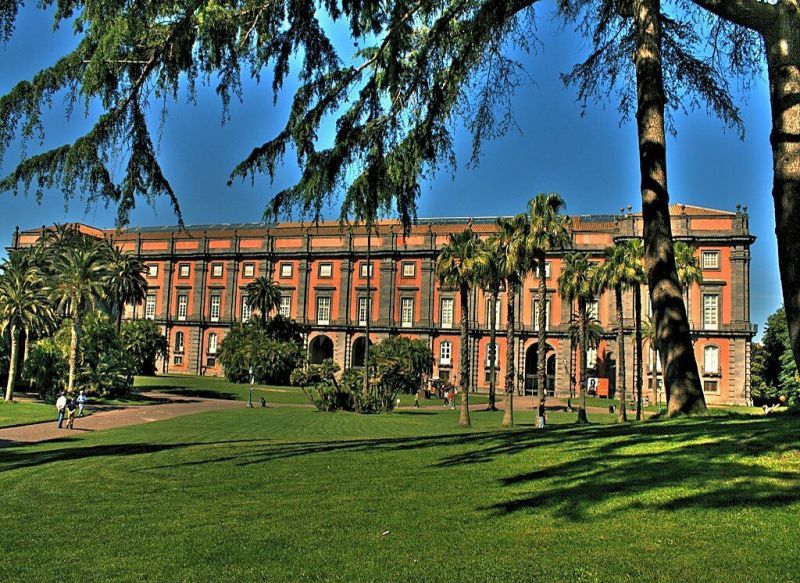The culture of Tajikistan has developed over several thousand years. Tajik culture can be divided into two areas, Metropolitan and Kuhiston (Highland). Modern city centres include Dushanbe (the capital), Khudjand, Kulob, and Panjikent.Zoroastrianism had been adopted by Persian emperors as a state religion, and was practiced in Central Asia as well. It eventually declined after the Arab conquests. The largest celebration in Tajikistan to come from the pre-Islamic period is Navruz, which means "New Day". It is held on March 21 or 22, when the cultivation of the land starts. During Navruz, many families visit relatives, throw out old belongings, clean the house, and play field games. Special dishes are also served. Other pre-Islamic Tajik traditions like fire jumping, dancing round the fire, and fighting ‘devils’ with fire, still occur in the more remote regions. The “Wall of Great Tajik Writers" is the facade of the Writers’ Union building in Dushanbe, home to an association of novelists, poets, playwrights, and other writers. The large wall is carved with nine niches containing eleven life-size statues of famous Tajik writers, a tribute to Tajikistan’s Persian and Soviet history.
The 8th-century “Adam of Poets,” Rudaki, justifiably takes the centre stage. He is considered a father of classical Persian literature, though sadly only a small portion of his work has survived the test of time.
